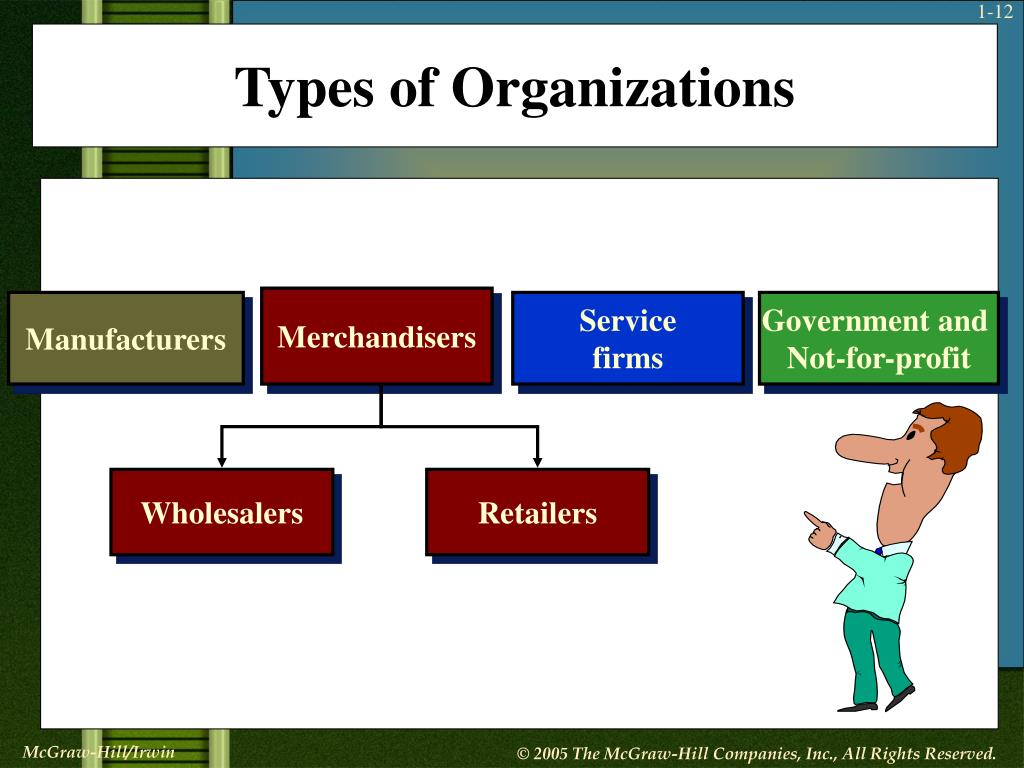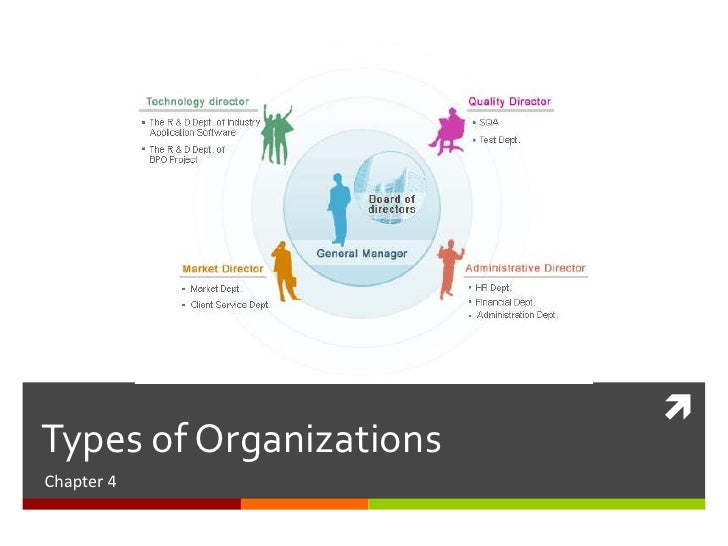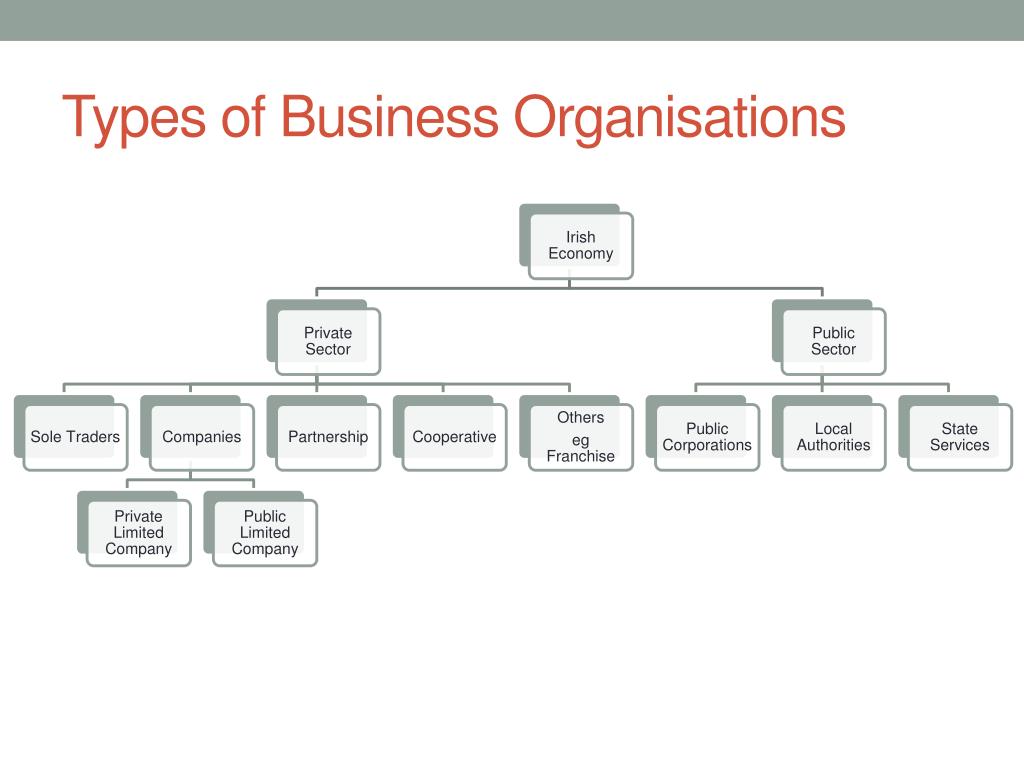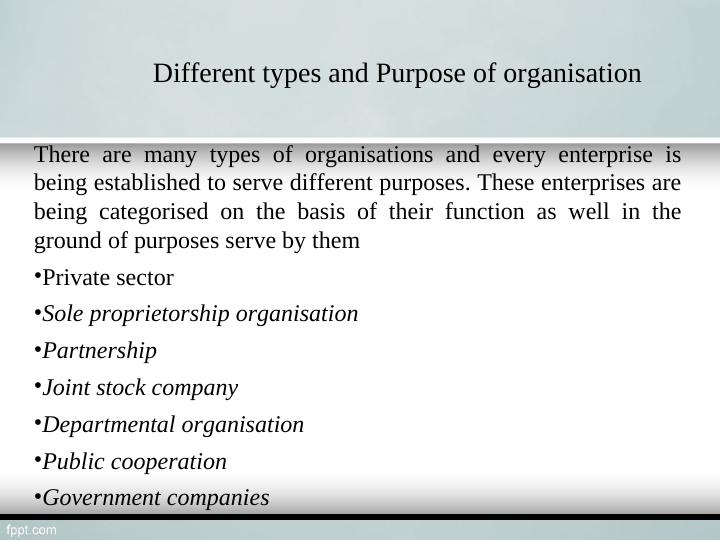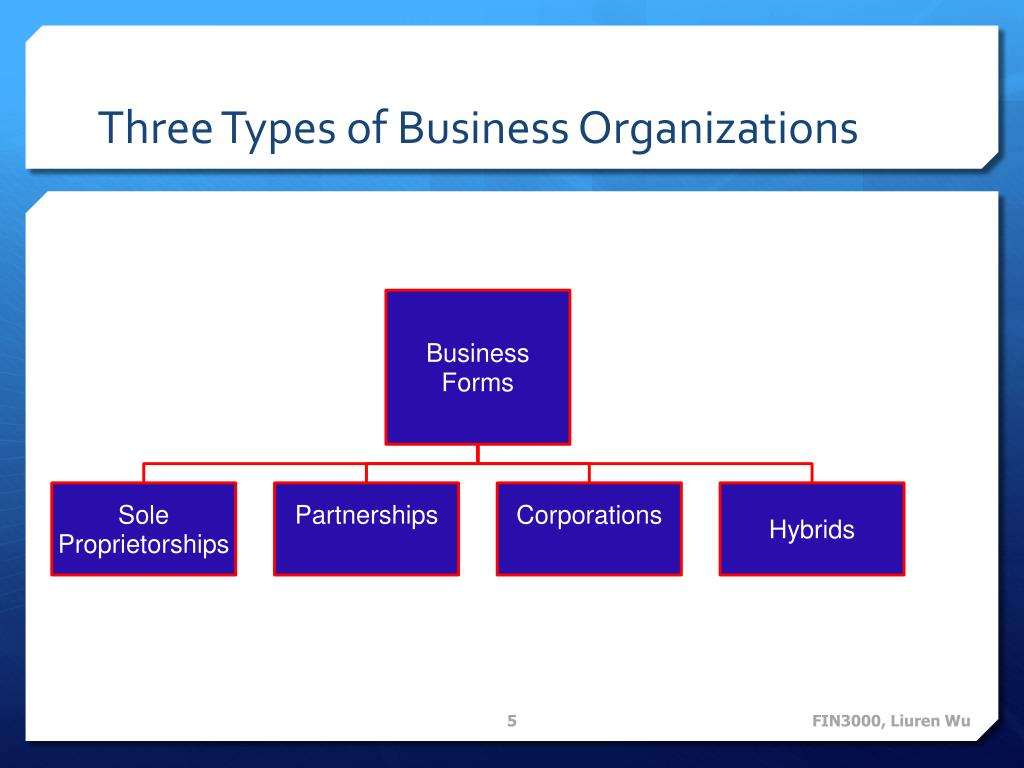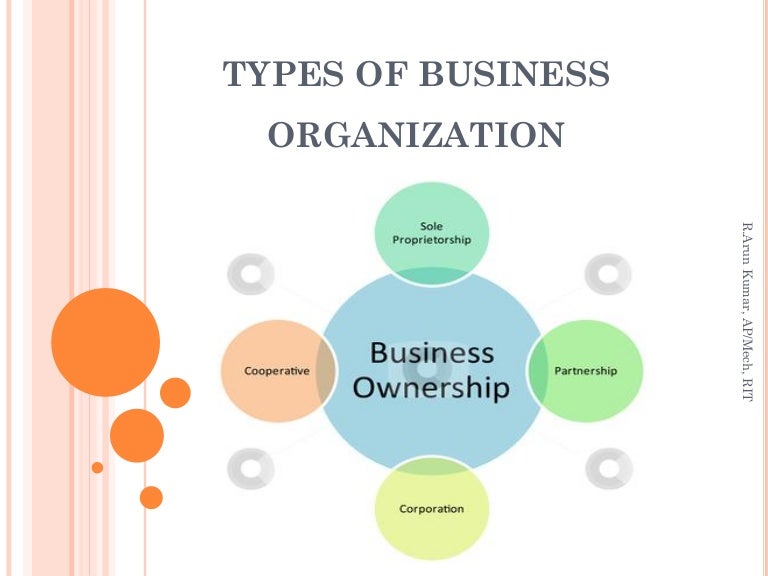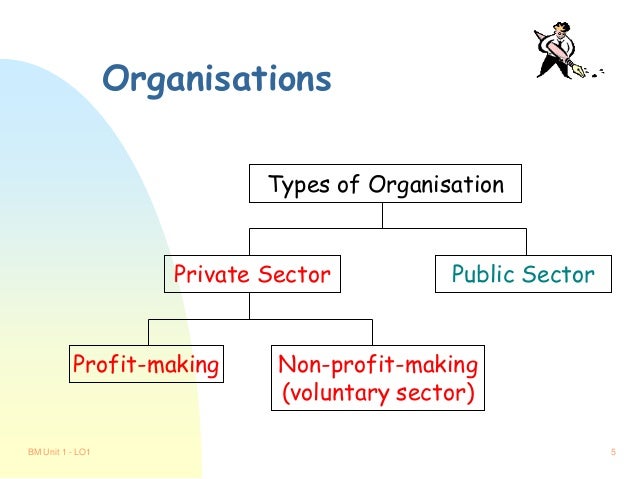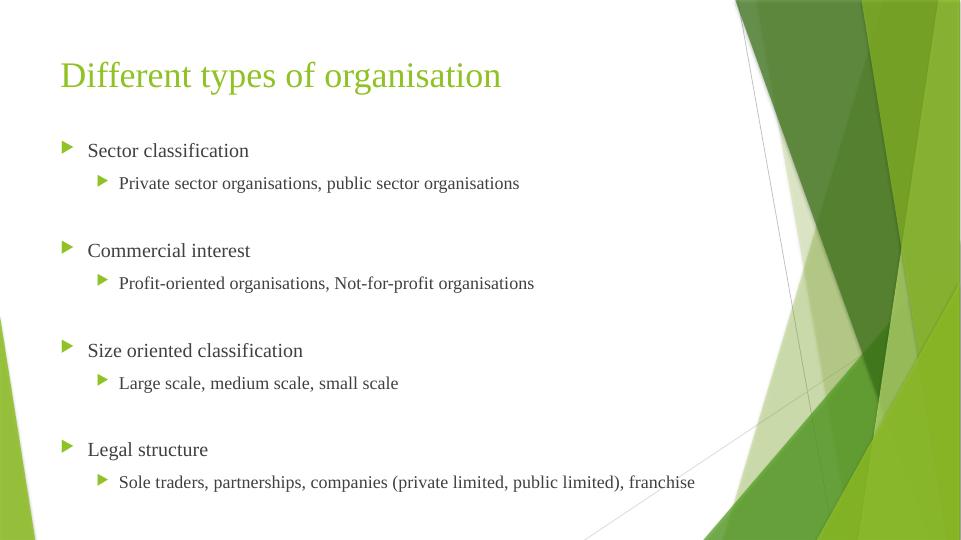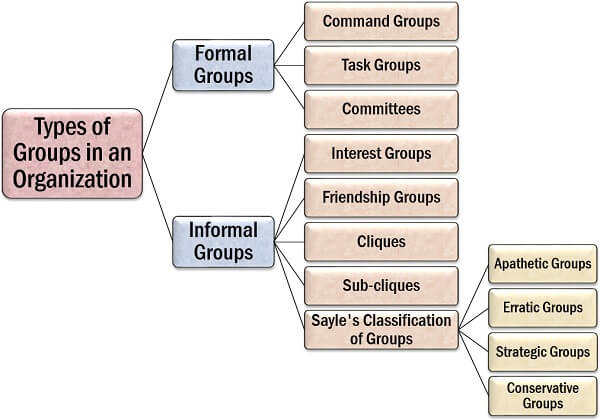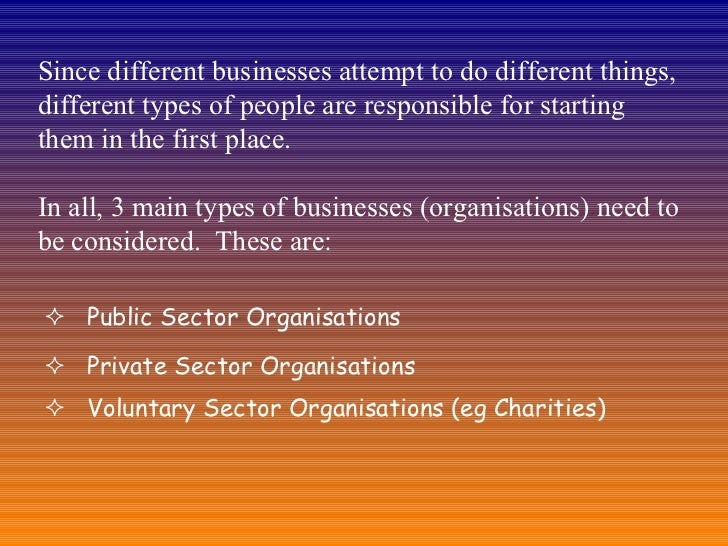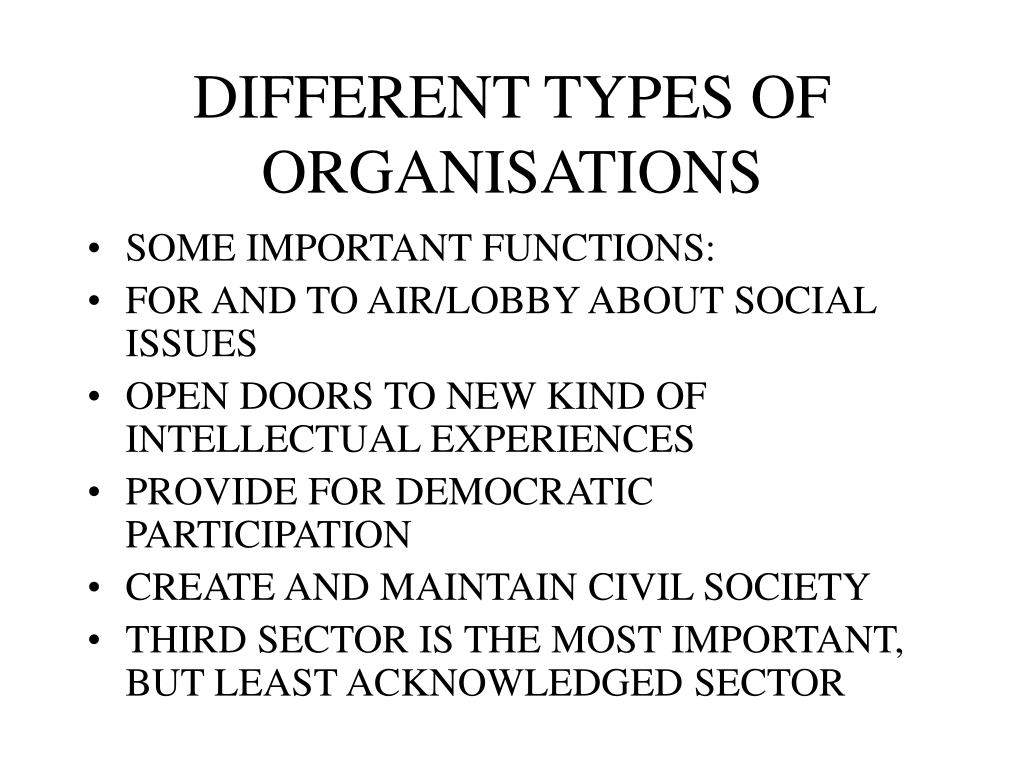Different Types Of Organisations And Their Purpose
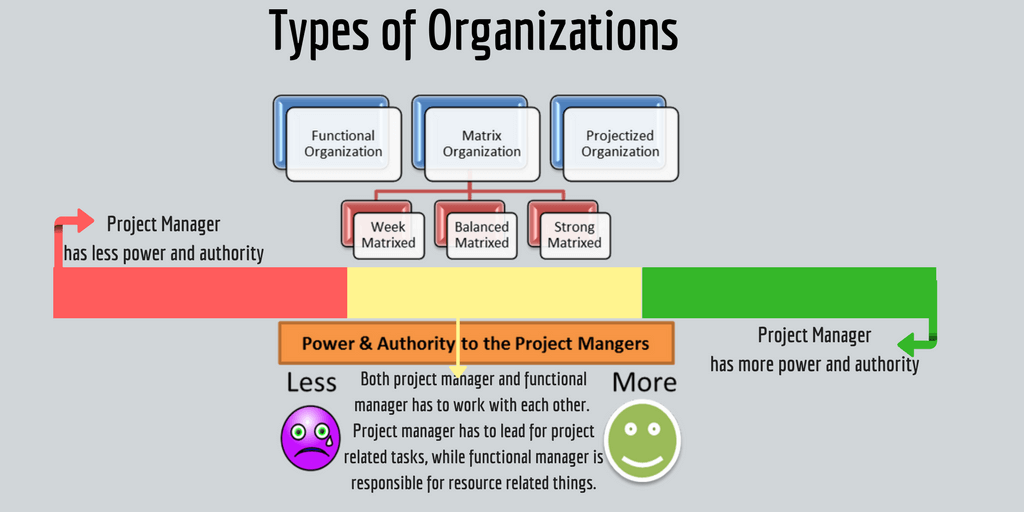
From bustling corporations to grassroots nonprofits, organizations form the bedrock of modern society, each serving a distinct purpose and contributing to the intricate web of our global community.
Understanding the diverse landscape of organizational structures – the who, what, where, when, why, and how of their existence – is crucial for navigating civic life, participating in the economy, and contributing to the common good.
This article explores the spectrum of organizational types, their core missions, and their impact on individuals and society.
For-Profit Organizations
At the heart of the economic engine are for-profit organizations, businesses designed to generate revenue and profits for their owners or shareholders.
These entities, which include sole proprietorships, partnerships, corporations, and limited liability companies (LLCs), operate across various sectors, from manufacturing and retail to technology and finance.
The primary aim of a for-profit organization is to create value, satisfy customer needs, and ultimately, generate a financial return for its investors.
Types of For-Profit Structures
Sole Proprietorships are the simplest form, owned and operated by one individual.
Partnerships involve two or more individuals who agree to share in the profits or losses of a business.
Corporations, on the other hand, are legal entities separate from their owners, offering limited liability but also facing more complex regulations.
LLCs provide a hybrid structure, blending the simplicity of a partnership with the liability protection of a corporation.
Nonprofit Organizations
Nonprofit organizations, also known as 501(c)(3)s in the United States due to their tax-exempt status under Section 501(c)(3) of the Internal Revenue Code, are dedicated to serving a public benefit rather than generating profit.
These organizations address a wide range of social needs, including education, healthcare, environmental conservation, arts and culture, and poverty alleviation.
They operate on donations, grants, membership fees, and revenue from services, reinvesting all profits back into their mission.
Examples of Nonprofit Organizations
The American Red Cross, for example, provides disaster relief and humanitarian aid worldwide.
Universities, such as Harvard University, operate as nonprofits, focusing on education and research.
Foundations like the Bill & Melinda Gates Foundation dedicate resources to global health and development initiatives.
Government Organizations
Government organizations, established and funded by public funds, operate at the local, regional, national, and international levels to provide essential services, enforce laws, and ensure public safety and welfare.
These entities include agencies, departments, and regulatory bodies responsible for areas such as infrastructure, defense, education, healthcare, and environmental protection.
Government organizations are accountable to the public and operate under the principles of transparency and accountability.
Levels of Government Organizations
Local governments manage city services, schools, and local infrastructure.
National governments are responsible for defense, foreign policy, and nationwide regulations.
International organizations like the United Nations work to foster cooperation among nations on global issues.
Cooperatives
Cooperatives are unique organizations owned and operated by the people who use their services, providing benefits based on usage, not investment.
These member-owned businesses operate on the principle of democratic control, with each member having one vote regardless of their investment level.
Cooperatives can be found in various sectors, including agriculture, retail, finance, and housing.
Principles of Cooperatives
According to the International Co-operative Alliance (ICA), the core principles of cooperatives include voluntary and open membership, democratic member control, member economic participation, autonomy and independence, education, training and information, cooperation among cooperatives, and concern for community.
Credit unions are a prime example of financial cooperatives, providing financial services to their members.
Agricultural cooperatives allow farmers to collectively market their produce and purchase supplies.
The Interconnected Web
These various organizational structures are not mutually exclusive; they often interact and collaborate to achieve shared goals.
For example, a nonprofit might partner with a for-profit company to raise funds or implement a social program.
Government agencies may contract with private companies to deliver public services.
Understanding the roles and responsibilities of each type of organization empowers individuals to engage more effectively in their communities, make informed decisions as consumers and citizens, and contribute to a more just and sustainable world.
